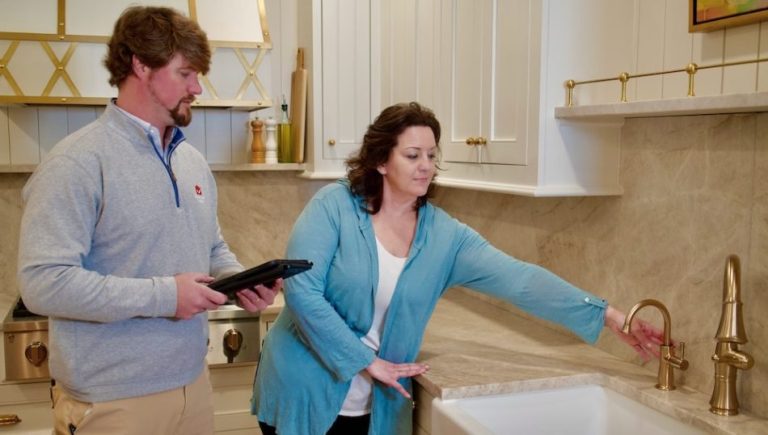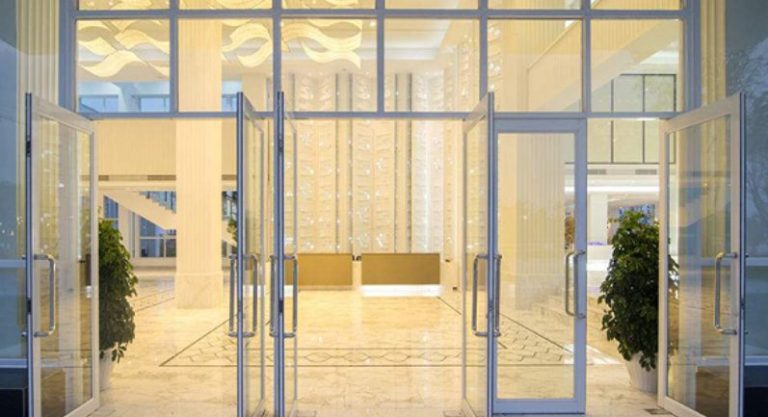Vinyl Is In: Why It Is the New Standard in Exterior Design

Selecting appropriate materials to improve a home’s exterior design is no easy feat. Homeowners need to compare options like brick, wood, fiber cement, plastic, and paper. However, one unique material that property owners should not overlook is vinyl.
There are many misconceptions about this material; some claim it does not offer unique decorative designs. However, the truth is that vinyl outperforms most common interior design materials. Here are the reasons to choose vinyl for the home exterior.
Durability
One outstanding benefit of using vinyl as a building material is its durability. Generally, a vinyl roofing can last up to three decades, while a siding has the service life of over 50 years. Unlike wood, vinyl siding can resist insect and termite infestation, strong winds, heat shrinkage, and impact damage.
So, many homeowners prefer vinyl because it is more durable than wood and requires minimal maintenance over the years. Vinyl can also be used for other applications like roofing, windows, flooring, and pipes because it is attractive, affordable, and durable.
Energy Efficiency
Vinyl is an energy-efficient material thanks to its thermal insulation properties. It can minimize heating and cooling expenses over time by blocking heat from either side. Windows made of vinyl usually have a U-factor of about 0.3, effectively reducing heat transfer.
Homeowners who use foam-backed insulated siding attain an R-5 insulation value or greater, which cuts energy expenses by preventing heat loss or gain. The insulated vinyl windows and siding form a thermal break, which enhances wall assembly R values compared to other non-insulated cladding.
Less Waste
The production and construction of vinyl building materials produces less waste than other materials like cement and brick. For instance, the siding products need fewer raw materials, and there is minimal waste. The energy and water needed to produce the siding are minimal, which helps conserve the environment.
Lightweight
Homeowners who are searching for lightweight building materials should consider vinyl. When used as siding, vinyl is unlikely to cause weight-related structural issues. This is because it is more than ten times lighter than a brick. Its lightweight nature makes it easy to transport, whether used to create roofing, windows, or siding.
Vinyl’s lightweight minimizes strain on walls when high winds blow compared to the heavier alternatives. This makes it easier to attach the materials to metal, foam backer boards, or wood using staples, nails, or adhesives.
Fire Resistance
Vinyl materials like windows, siding, flooring, and roofing can resist fire because of their PVC (polyvinyl chloride) properties. So, vinyl is hard to ignite and extinguishes more easily than wood or other building materials. This benefit can be attributed to the high chloride content and the lack of oxygen, which promotes burning.
Generally, vinyl will not ignite until the fire exceeds 700° F (371 °C). It also needs high oxygen levels to support the spread of fire. These fire-resistance properties make vinyl suitable for home external décor and improve fire safety. So, property owners who need building materials that meet the fire safety code requirements should choose vinyl.
With all these outstanding benefits, homeowners can easily understand why more people today choose to include vinyl building materials in their exterior design. Therefore, anyone renovating or building new homes should consider vinyl interior to enjoy these benefits. However, Homeowners should hire an experienced interior design firm to install vinyl materials.


